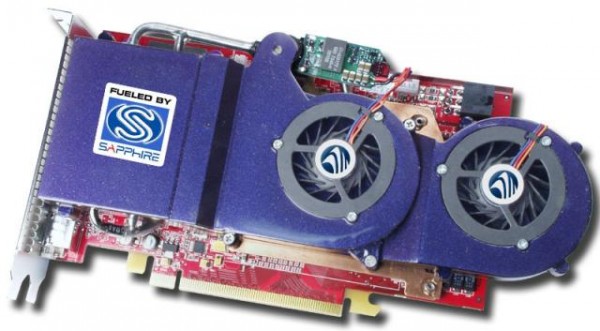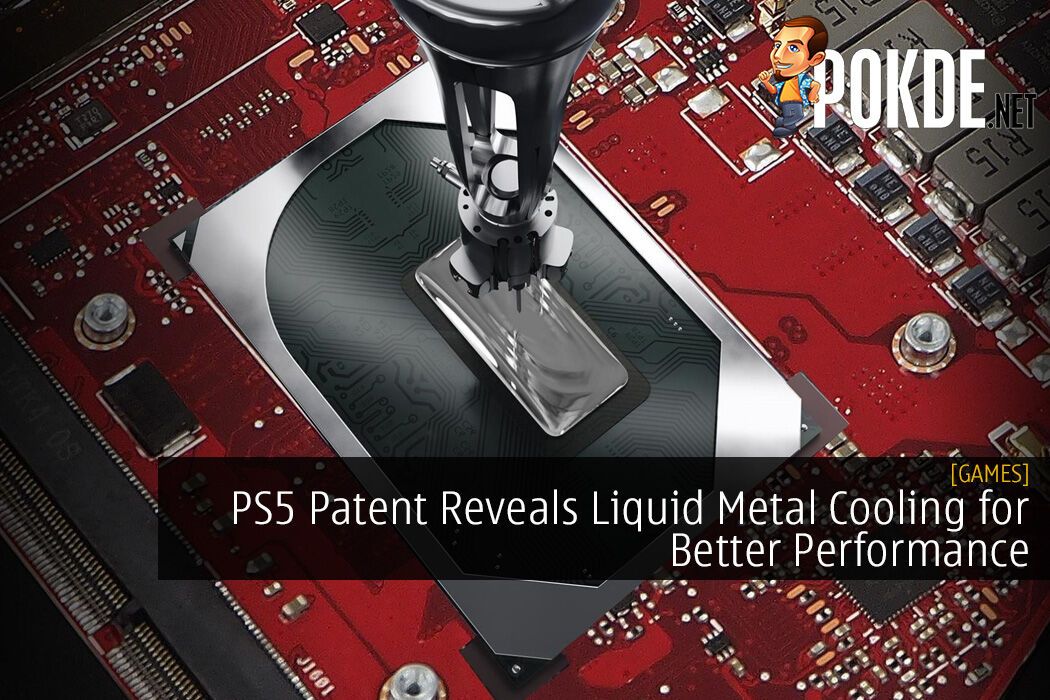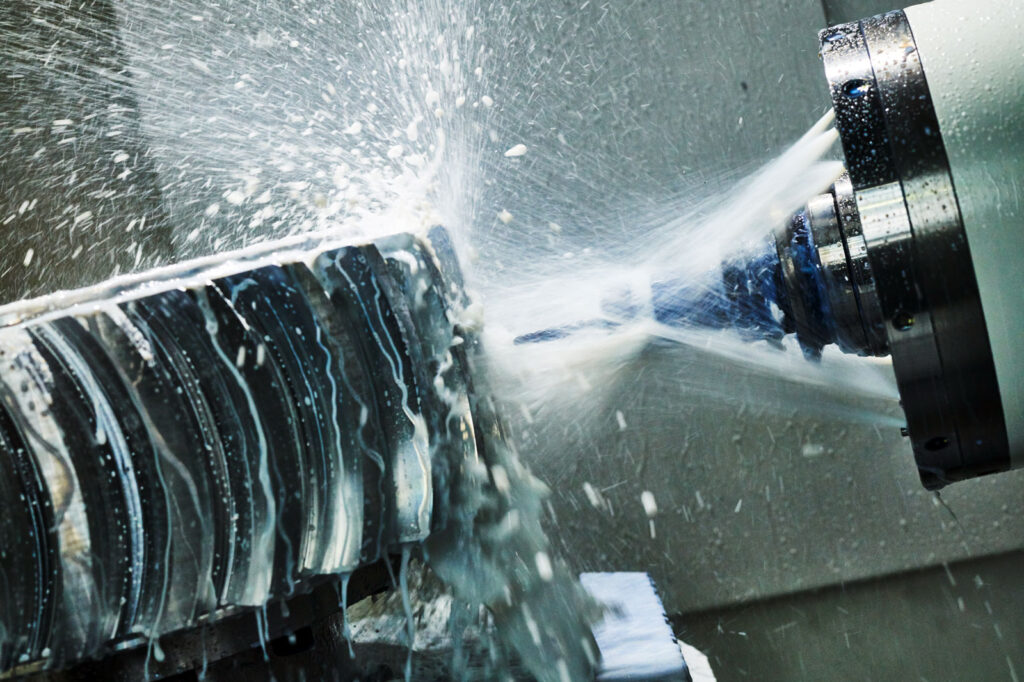

Some designs immerse the entire core and heat exchangers into a pool of coolant, virtually eliminating the risk that inner-loop cooling will be lost.Ĭlementine was the first liquid metal cooled nuclear reactor and used mercury coolant, thought to be the obvious choice since it is liquid at room temperature. Low vapor pressure enables operation at near- ambient pressure, further dramatically reducing the probability of an accident. Liquid metals generally have high boiling points, reducing the probability that the coolant can boil, which could lead to a loss-of-coolant accident. Suitable liquid metal coolants must have a low neutron capture cross section, must not cause excessive corrosion of the structural materials, and must have melting and boiling points that are suitable for the reactor's operating temperature. with a breeding blanket), such reactors are called liquid metal fast breeder reactors (LMFBRs). When configured as a breeder reactor (e.g. To date, most fast neutron reactors have been liquid metal cooled fast reactors (LMFRs). Liquid metal coolant has been applied to both thermal- and fast-neutron reactors. Disadvantages include difficulties associated with inspection and repair of a reactor immersed in opaque molten metal, and depending on the choice of metal, fire hazard risk (for alkali metals), corrosion and/or production of radioactive activation products may be an issue. Liquid metals, being electrically highly conductive, can be moved by electromagnetic pumps. This makes them attractive for improving power output, cost effectiveness, and fuel efficiency in nuclear power plants. Additionally, the high temperature of the liquid metal can be used to drive power conversion cycles with high thermodynamic efficiency. Most water-based reactor designs are highly pressurized to raise the boiling point (thereby improving cooling capabilities), which presents safety and maintenance issues that liquid metal designs lack. This makes them attractive in situations where size and weight are at a premium, like on ships and submarines. They have also been used to power nuclear submarines.ĭue to their high thermal conductivity, metal coolants remove heat effectively, enabling high power density. Liquid metal cooled reactors were first adapted for breeder reactor power generation. All we need now are some real-world LMX Superleggera performance numbers.Nuclear reactor where the coolant is liquid metalĪ liquid metal cooled nuclear reactor, or LMR is a type of nuclear reactor where the primary coolant is a liquid metal.
#LIQUID METAL COOLING SERIES#
Now dubbed Powerbooster 2, it's smaller and lighter than the original and slots into a single 3.5in drive bay.Ī high-end liquid-cooling solution such as Corsair's Hydro H50 Series is still comfortably cheaper, but Danamics' liquid metal alternatives are beginning to come into the equation. Other cost savings may revolve around the bundled external Powerbooster - used to regulate power from a system's PSU to the cooler's electromagnetic pump. Danamics will ship the LMX Superleggera without any bundled fans - though the cooler will accept any of the 120mm variety with 25mm or 38mm thickness. The biggest changes lie within the bundle. What has changed is CPU support, as the LMX Superleggera ships in two unique variants - one supporting Intel sockets LGA775/1156/1366 and another supporting AMD AM2/AM2+/AM3. The LMX Superleggera still measures 158.2mm x 170.5mm x 90mm, and it still weighs 1,180g. Danamics tells us the LMX Superleggera CPU cooler is essentially the same - offering a nickel-plated aluminium heatsink and nickel-plated copper tubes that circulate liquid metal (Sodium Potassium) throughout the cooler with the aid of an electromagnetic pump.

So what's changed? Well, not a lot by the looks of it.

At a penny under £100, it's now able to challenge extreme, high-end water cooling setups.

The familiar-looking cooler, pictured above, claims to offer the same "award-winning performance as the Danamics LMX" at a much lower price point.Īt £99.99, it still isn't cheap, but it's a far better proposition than its predecessors - namely the £170 Danamics LMX and the original £235 Danamics LM10.Īll credit to Danamics, though, it clearly sees potential in the liquid-metal cooling market, and it continues to work to find the right medium between price and performance. Danish manufacturer Danamics has today taken the wraps off its latest liquid-metal CPU cooler, the LMX Superleggera.


 0 kommentar(er)
0 kommentar(er)
